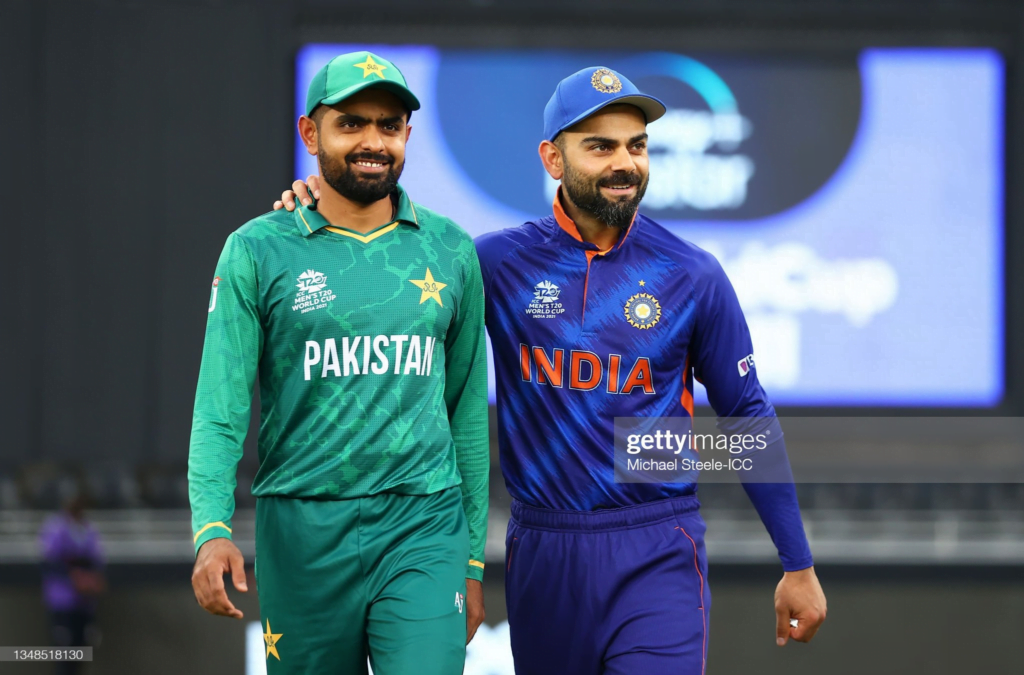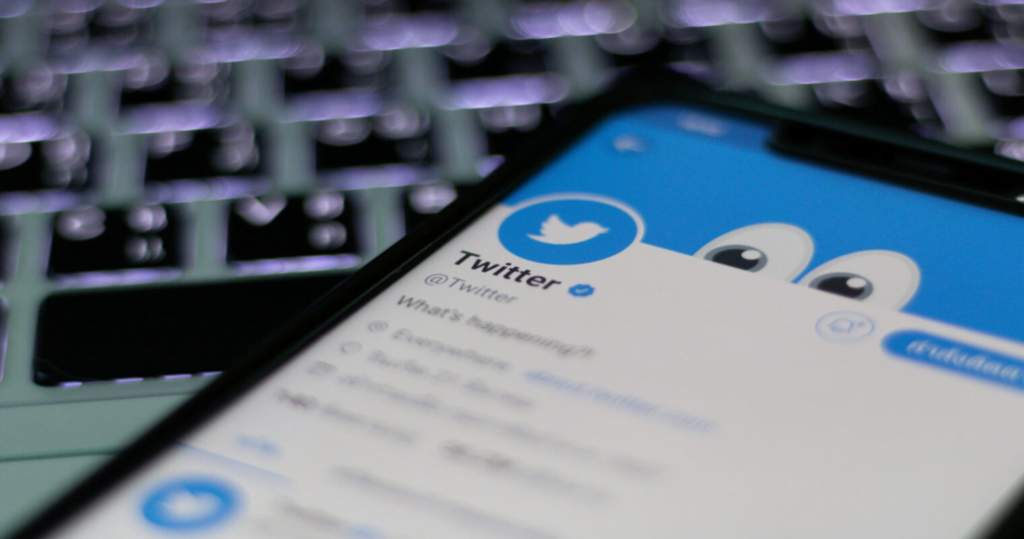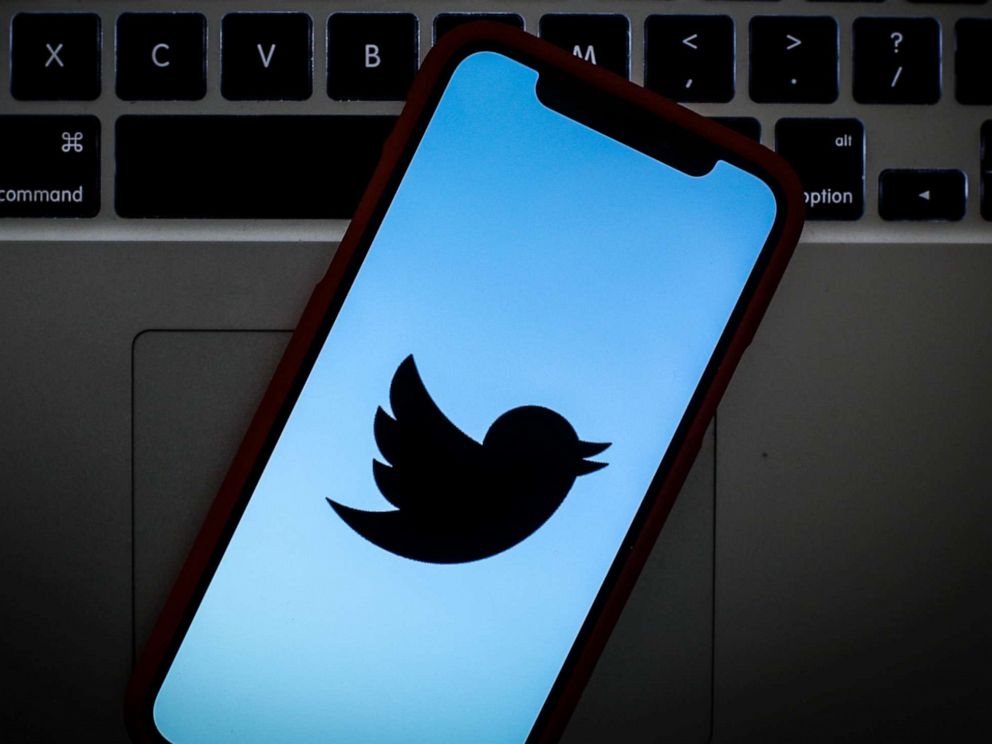The past month saw some serious social media fervour, especially in the subcontinent, courtesy of cricket and our shared colonial past. Queen Elizabeth’s demise prompted social media users across the subcontinent to voice their opinions about the horrors of the colonial past and the redundancy of the monarchy at present.
On the other hand, the recently concluded Asia Cup gave cricket fans in the subcontinent a much-needed sight, that has now become a rarity. Post-2016, given the current socio-political situation between India and Pakistan, bilateral cricket tournaments between the two nations, have been a no-go. The only time cricket fans across the world get to witness the two nations and their cricketing rivalry at display is in the world tournaments.
So, it was no surprise that the dual encounter between the two teams in the Asia Cup, took social media by storm. After all, the wait had been a yearlong post-Pakistan’s 10-wicket historic victory in last year’s T20 World Cup.
Like most Indo-Pak matches over the years, the pressure and enthusiasm are always running high, not just on the field but off it as well. In recent times, especially with the pandemic limiting mobility and access to physical spaces, online spaces like social media have gained a lot of attention and frenzy. Various everyday discussions, meetings, etc., have found a new space on social media. Social media platforms also capitalise on this and have rolled out newer features to increase engagement.
But amidst this frenzy of new things, there was a certain subculture that was slowly making its way into mainstream social media. Referred to as the “Desi Twitter”, it is an umbrella term given to the subcontinent’s Twitter users, particularly across the India-Pakistan border. While “Desi’s” as the Indo-Pak residents are often referred to, had been present on Twitter for a while, it was not their presence that is the key here.

Several Twitter users and pages actively dedicated to talking about the cultural camaraderie of India and Pakistan slowly began to pick up across both sides of the border. What finally lit the whole virality quotient on fire was the T20 World Cup encounter between India and Pakistan in 2021.
Pictures of Pakistan’s captain Babar Azam and Indian skipper Virat Kohli hugging took social media by storm. While there was a huge amount of hateful, spiteful social media campaigns that happened, there was also a lot of mutual admiration for the teams and players and the camaraderie that was on display on the field. After India was knocked out of the tournament, support for Pakistan in the semis against Australia poured in heaps from Indians.
While the Indo-Pak cricketing contest has provided some noteworthy moments on the field, with the advent of this gradually developing phenomenon of “Desi Twitter”, the online field has given some noteworthy moments too. With the current political and diplomatic turmoil between the two countries, where even a small show of solidarity is looked at with raised eyebrows, is “Desi Twitter” becoming an unlikely outlet and a separate cultural phenomenon in the making?
Speaking to Feminism In India, research analyst, Zunaira Inam Khan who also goes by the Instagram handle “@thismillenialrants”, says that the camaraderie on display is not surprising given the shared history of the two countries, although it is true that because of the political climate in the two countries, showing any sort of friendly overtures is construed as being “anti-national” or “unpatriotic”.
“It was very heart-warming to see these examples of cricket players supporting each other across borders. India needs oxygen was trending in Pakistan and there was a consensus that we should help if we can”, says Khan.
Umer Bin Ajmal, a journalist from Pakistan says while it is very exciting to see this level of warmth and camaraderie among the fans of both teams, he also looks at it from a different viewpoint: that of humour. “Both Pakistanis and Indians like to have a good laugh, and politics or society to an extent is pretty much similar too. So I’d say courtesy “Desi Twitter” people from both sides of the border have found in humour a great tool to connect with each other”, says Umer in a conversation with Feminism In India.

While 20-year-old Ahmed Rana from Pakistan, who goes by the Twitter username “@haseeni” and is an active part of the “Desi Twitter” virality says that he has found appreciation from people from both sides of the border equally, sometimes more from the Indians.
“The Indian audience loves my content more than my Pakistan audience sometimes. They love Pakistani humor and we love theirs. I hardly get any negative feedback from them”, says Ahmed. He adds that while it is true that sometimes people in the subcontinent take cricket too seriously and get really emotional when their team loses, the appreciation for quality cricket is there.
Another 26-year-old cricket fan from India says that cricket games in particular help us see our neighbouring nation away from the hateful lens of partisan mediums that the politicians would have us believe. “Naseem Shah was trending on Twitter after the first match India played against Pakistan, and for a brief moment, the onus shifted from dissing and hating a player because he came from the other side of the border to see a 19-year-old put his heart and soul into the game and bowling death overs despite visibly being in physical pain, and almost taking his team to a win. As low as that benchmark is, seeing a player from the team as another human being is a victory in today’s situation”, he says.
Speaking about friendly overtures across the border concerning the social media camaraderie at the display, another thing that warrants talking about is the freedom of speech and expression in both countries, especially when it comes to expressing feelings of admiration and support for the neighboring nation.
Both India and Pakistan have had a rocky history when it comes to socio-political relationships. Since the birth of the two independent nations in 1947, the history and politics of the two regions have had their hits and misses. However, interpersonal relationships among the people of the country majorly, have been quite opposite.
Having a shared culture, history, and language, people from across the border express their camaraderie, sometimes openly, sometimes in close quarters. Artists across various fields have collaborated over the years, calling upon the shared cultural bond.

But post-2014, these small outlets of socio-cultural and artistic bonding have slowly faced the axe and landed in jeopardy. The Indian government recently blocked over 100 YouTube channels, 4 Facebook pages, 5 Twitter accounts, and 3 Instagram accounts, for what they consider “anti-national”.
Journalists, activists and civil society members have been continuously attacked by the government for criticising them and disagreeing with their policies. If anyone even tries to make a small effort to build a cross-cultural camaraderie, they have only invited trouble from the administration. In 2020, at the start of the pandemic when musicians across India and Pakistan started collaborating online, the Indian government put a ban on that too, in an attempt to stop any sort of cultural exchange between the two countries.
Another thing that has also simultaneously gained a strong foothold in India is the curbing of free speech and expression under the garb of sedition. Be it criticising the government, its policies, holding those in power accountable, expressing an unpopular opinion, or celebrating the win of the neighbouring country’s team, all of this can land you straight in prison on charges of sedition.
We live amidst a socio-political system where selling hate has become a lot easier than standing up for truth and love. In this scenario, spaces like “Desi Twitter” become extremely significant to foster camaraderie between two nations, that do not just have shared history and culture but also pain, unrest, and strife. Building solidarities through mediums like Twitter, cricket, and humour, are therefore the need of the hour
In 2021, the Uttar Pradesh police booked 7 students and arrested 4 on account of “allegedly” celebrating Pakistan’s victory over India in the T20 World Cup. U.P Chief Minister Yogi Adityanath even went on to say that those celebrating Pakistan’s victory “will be charged with sedition”. From the perspective of sports, it would be a great injustice to the game of cricket or its spirit, or any game for that matter, if one is unable to celebrate a good performance by an opponent.
It is also noteworthy that in the 75th year of independence when the Indian PM and his party has been relentlessly propagating a break from the colonial mindset, it still uses “sedition”, one of colonial India’s oldest laws for its own benefit.
While the situation of free speech is murky in both countries, Zunaira Khan says that there is a lot of criticism that people in Pakistan are allowed to express whether it is about the government or foreign policy decisions or our institutions, or any other social injustice or social evil that happens. “You will see a vast majority of people on Twitter talking about issues which might be considered taboo”, says Khan.

Umer on the other hand says that it is hard to say and unfair to compare the situation of free speech between the two countries and specifically mentions the contrasting role that news media is currently playing in the two countries. “While it’s true that of late, the rights situation in India has gone down a bit, but historically India has enjoyed greater freedoms due to its robust democratic culture. Pakistan, on the other hand, is a different ball game. I think the media in Pakistan can criticise the government as much as it wants. There can be a bit of muzzling, but in the end, it’s the media that pressurises the government, and not the other way around”, he says.
With bans, sedition, free speech, and cultural and artistic collaboration between the two countries under the scanner, online interactions have become an unanticipated outlet for the masses and taken the spotlight, and its muse has been cricket.
While the Indo-Pak cricketing contest has provided some noteworthy moments on the field, with the advent of this gradually developing phenomenon of “Desi Twitter”, the online field has given some noteworthy moments too. With the current political and diplomatic turmoil between the two countries, where even a small show of solidarity is looked at with raised eyebrows, is “Desi Twitter” becoming an unlikely outlet and a separate cultural phenomenon in the making?

“I’m not sure if it is already in the making, but I would want it to be. It’s such a beautiful thing, and the interactions make them so heartwarming and wholesome”, says Umer. With the number of people using social media platforms to express themselves, cultural collaborations and exchanges too are adapting and moving online.
While a large part of social media is dominated by hate and trolling, especially on Twitter, “Desi Twitter” is showing up as the silver lining in that dark cloud. “Based purely on the population of the two countries, if people come together and talk about an issue and raise their voice it would have an impact and we’re wasting that potential by just using social media to spread hate and troll each other”, adds Zunaira.
While it is true that cricket has been a big push for this digital camaraderie between the two countries, it has not been limited to that. We have seen several monocultural social media platforms, like Swineryy, Subtle Curry Traits, Not Manoj, Quality Posts, and also BBC Hindi and Urdu’s podcast ‘Baat Sarhad Paar’, taking up spaces online and trying to reverse the predominant hate narrative.
While the Indian government has managed to put a curb on artistic and sporting collaborations, they seem to be at loss to perceive and understand how social media is acting as a bridge. The mainstream news media, which is always in attack mode when it comes to cross-border cultural relationships, also seems to be at a distance from this phenomenon in the making.
We live amidst a socio-political system where selling hate has become a lot easier than standing up for truth and love. In this scenario, spaces like “Desi Twitter” become extremely significant to foster camaraderie between two nations, that do not just have shared history and culture but also pain, unrest, and strife. Building solidarities through mediums like Twitter, cricket, and humour, are therefore the need of the hour.
Also read: Gender Bias In Sports: Women’s Sports Remain Sidelined By Lack Of Investment And Visibility
A large part of the hate perpetrated by those in power in both countries is fuelled by the “fear of the other” often portrayed as the “unknown”. With the growth of “Desi Twitter’s” cultural significance and increased interaction and exposure, this villainous image stands a strong chance to be brought down.
“The question is do the countries and its political actors want their peoples to progress, prosper or keep on fighting this resource-draining conflict for seven more decades to come?”, asks Umer. It is a question that we all must constantly ask ourselves and those we elect in power.
About the author(s)
Shriya is a former student of literature and a multimedia journalist with an interest in sports and human rights. She can be found watching Shah Rukh Khan movies or listening to Ali Sethi and 90s Bollywood songs. She enjoys a good cup of black coffee multiple times a day and is often compared to 'Casper, the friendly ghost'.




